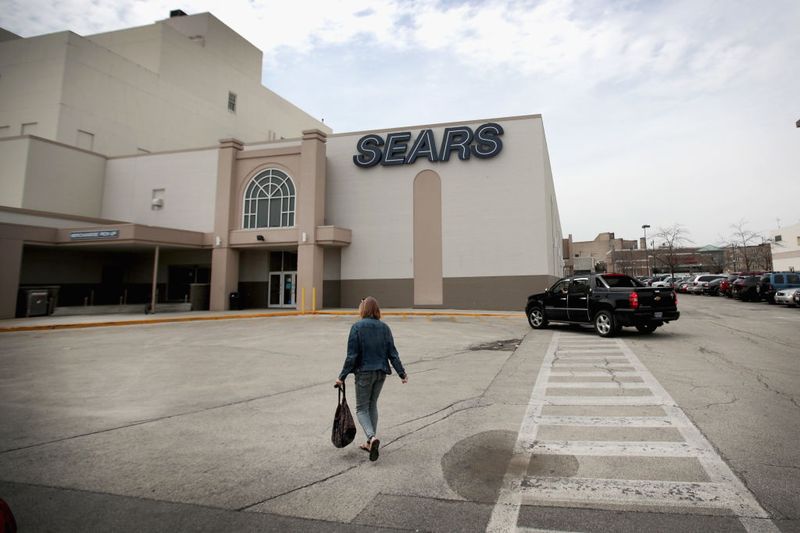
Sears has been dying for some time, and after its recent filing for bankruptcy, it’s self-evident: the former retail giant will be as dead as a doornail.
Many folks of my generation remember the Sears catalog, especially the Christmas Wishbook edition. In fact, Sears began as a mail order outfit only, appealing to a mostly rural America in the late nineteenth and early twentieth century. Those isolated on homesteads could order items from a catalog; imagine the thrill of a package arriving in those days!
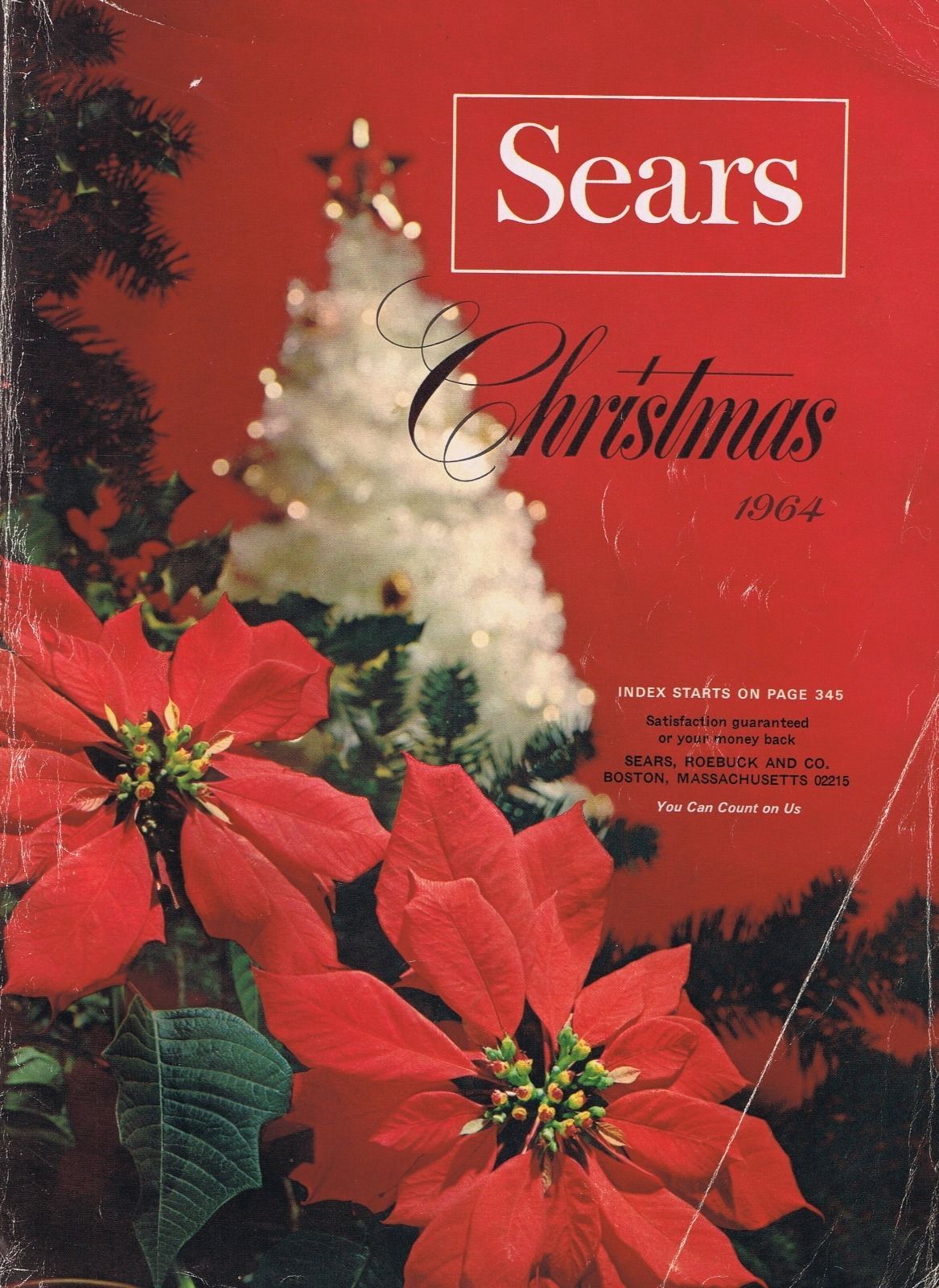
As Americans became more citified and then suburban, Sears built department stores, and then became the main anchor in shopping malls. Now Americans with their ubiquitous automobiles could now travel to a consumer’s mecca and buy appliances for their newer homes designed to accommodate washing machines, refrigerators, and television sets.
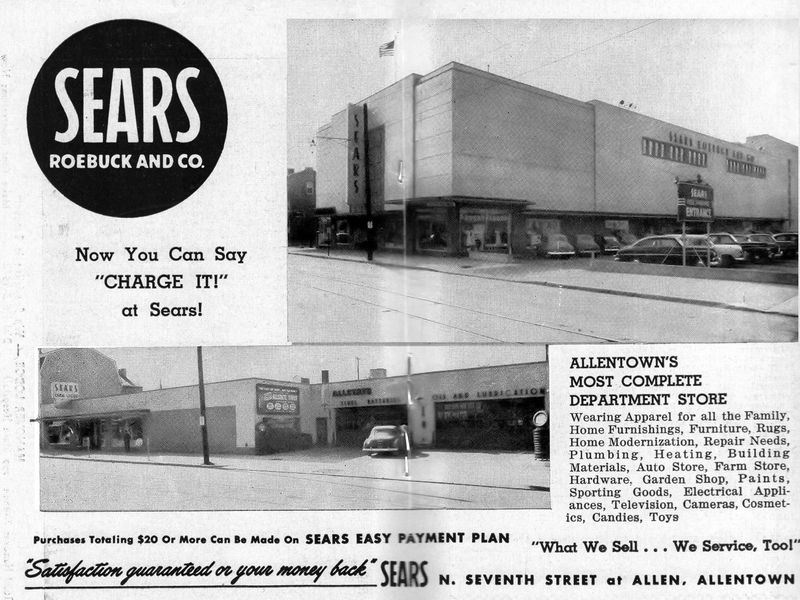
Yet the catalog remained, and one of my memories as a young gayling was that catalog, and it wasn’t because of the underwear models (that dynamic arrived later). No, it was because of the home décor. I was fascinated with the living room sets Sears sold in the catalog, especially the French provincial and Early American lines. (No, I exhibited no intention at that age, even subconsciously, of becoming the clichéd gay decorator.)
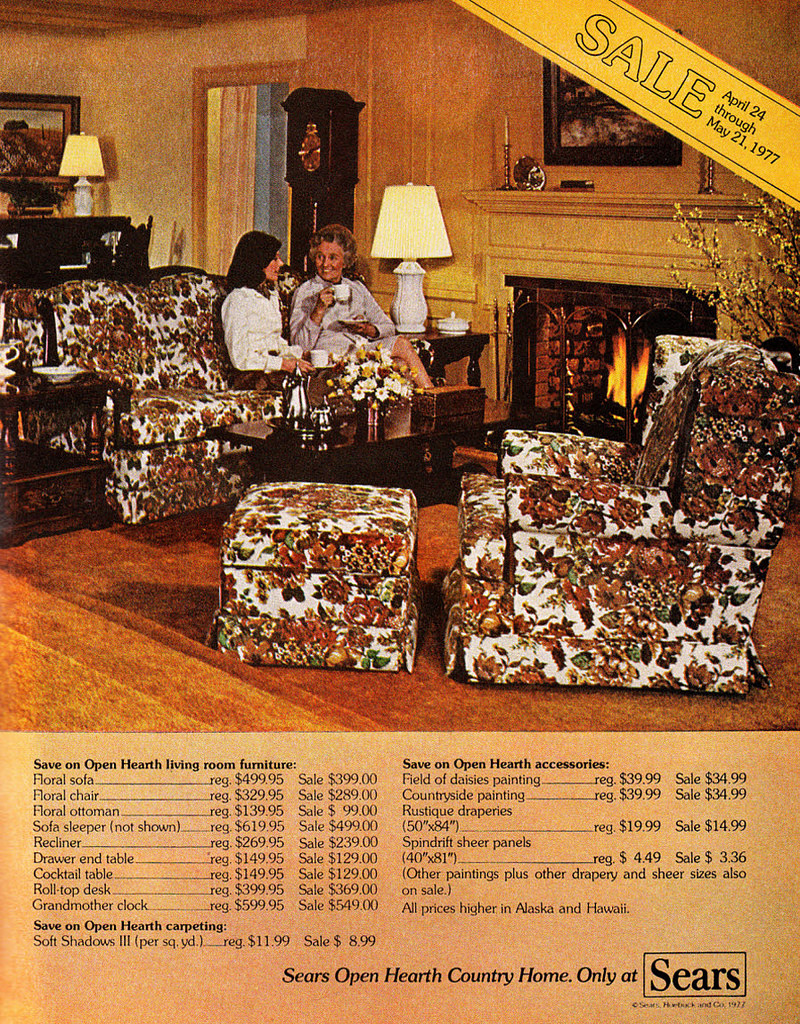
Confined to mostly interior activities because of lack of athletic skills, I would cut up older catalogs and create my own rooms. I remember a sofa with a brown slipcover that featured prominently in my fantasy rooms, next to a ginger jar lamp. I guess I may have been going for a more lower middle class look than I had intended (think Roseanne, definitely taking place in a Sears household), but home for me equals comfort, sinking into a cushy sofa in a room softly illuminated by lamplight.
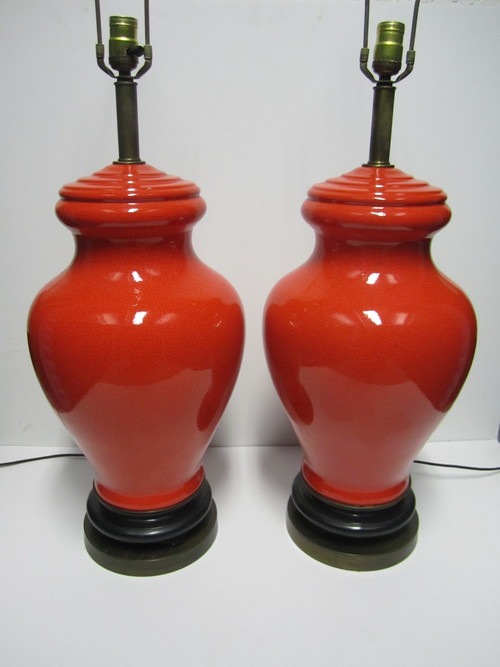
When puberty hit, I was drawn to the catalogs for another reason: the macho mustached guys wearing plaid shirts, Levis, and boots. That was the style of the time, and Sears sold “gay macho” wear because its customers were actual construction workers or even cowboys. I really like the pictures of guys posing in tight jeans and boots with clunky heels. And they were usually posing together, as clothing was sold in the catalogs based on gender. Yet the groups of good-looking, well-built guys hanging out together could produce a definite homoerotic vibe. For example, I remember one ad featuring guys leaning against a fence, that pose drawing the eye to the bulge in the jeans. I cut it out and pasted into a secret notebook.
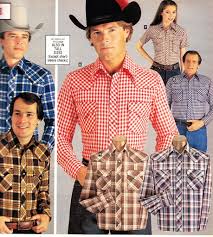
There’s more going on than just nostalgia for an American icon. I do find it brutally ironic that the supposed “making American great again” does not include the return of Sears, in so many ways a symbol of a time when a strong, blue-collar (and mostly white) middle class made good. But their descendants now shop at Walmart and/or Amazon, or, in some of the areas that suffered the most economically, dollar stores.
And the new generation of gaylings don’t have to stealthily cut up Sears catalogs to express forbidden fantasies. They can use phone apps, but most significantly, they don’t have to hide their artistic and sexual interests in a world where girls were girls and men were men. Yet I still feel like the effort involved in cutting up those catalogs stimulated creativity. I had to work for my fun. And part of the fun was the work involved in attaining it.
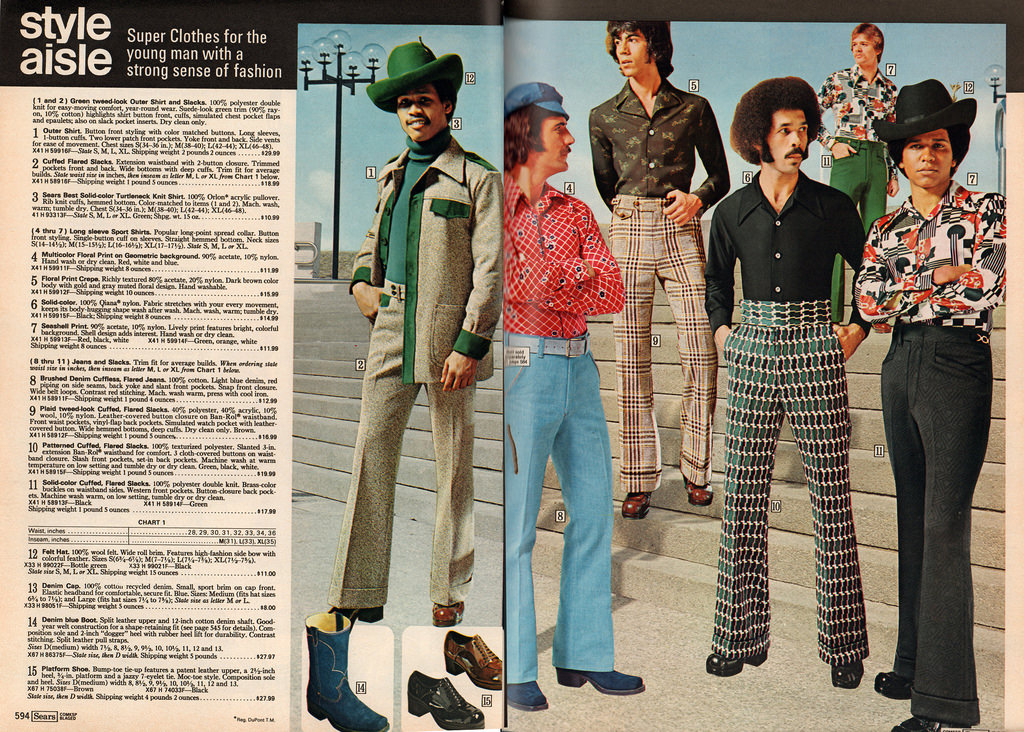



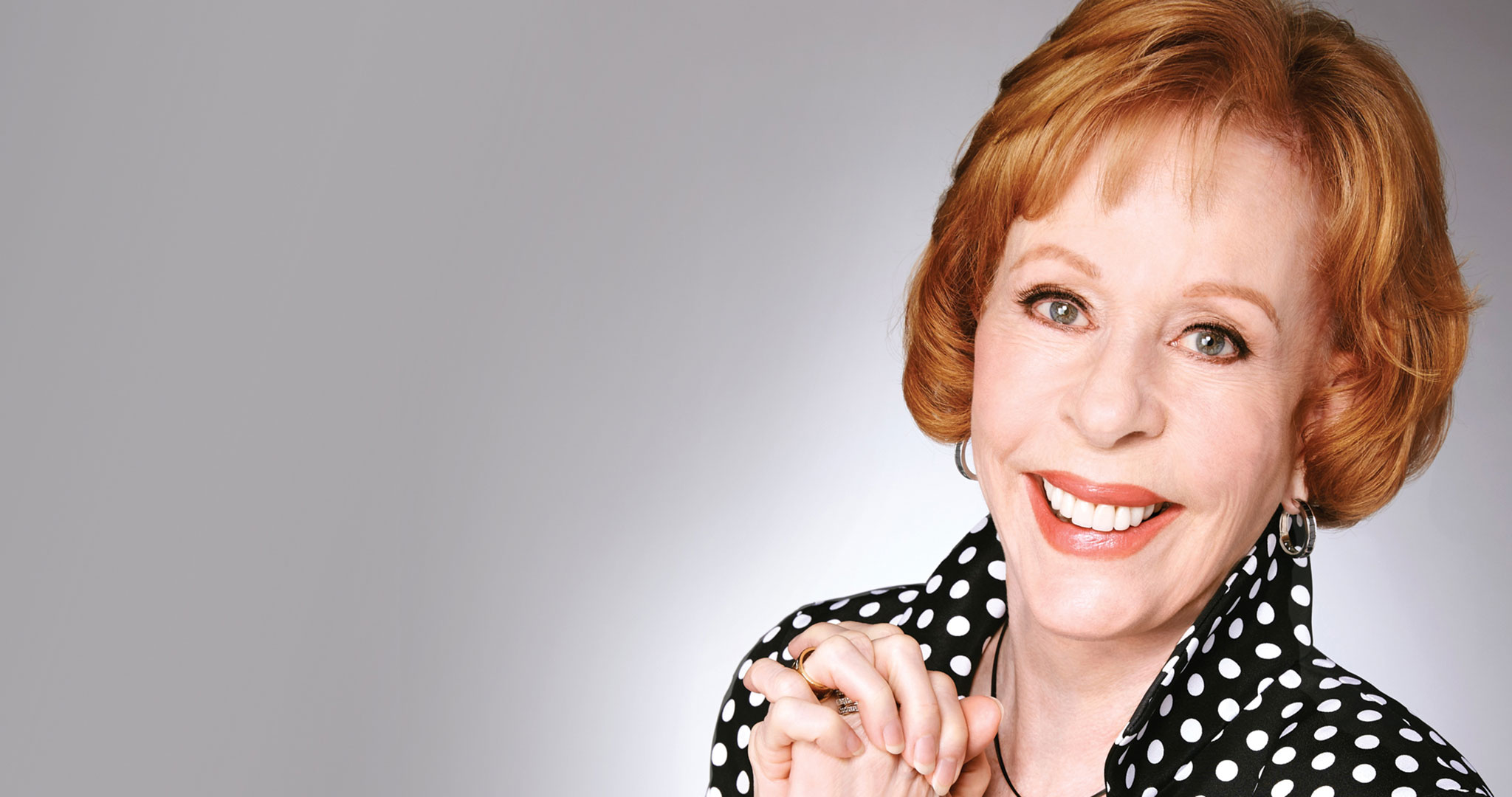
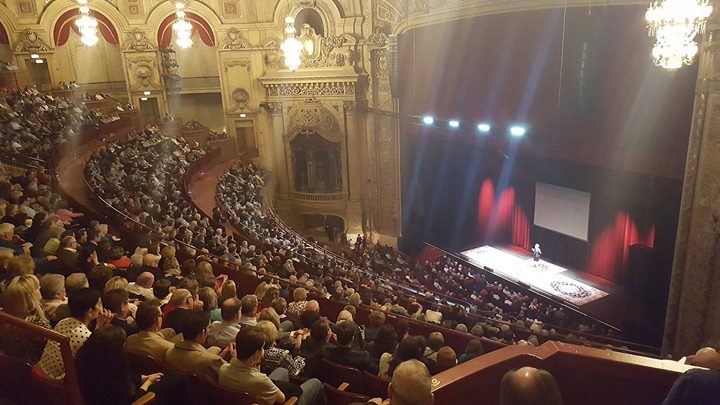
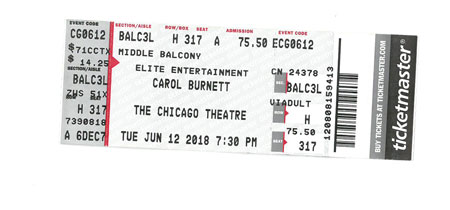
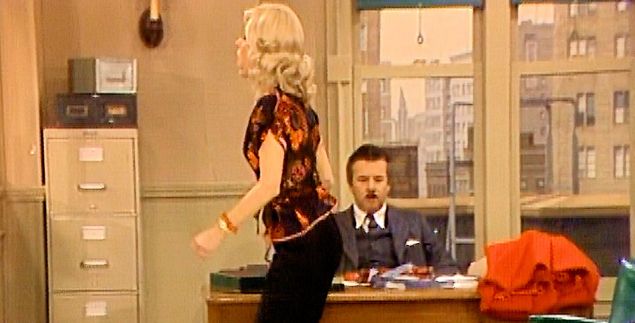
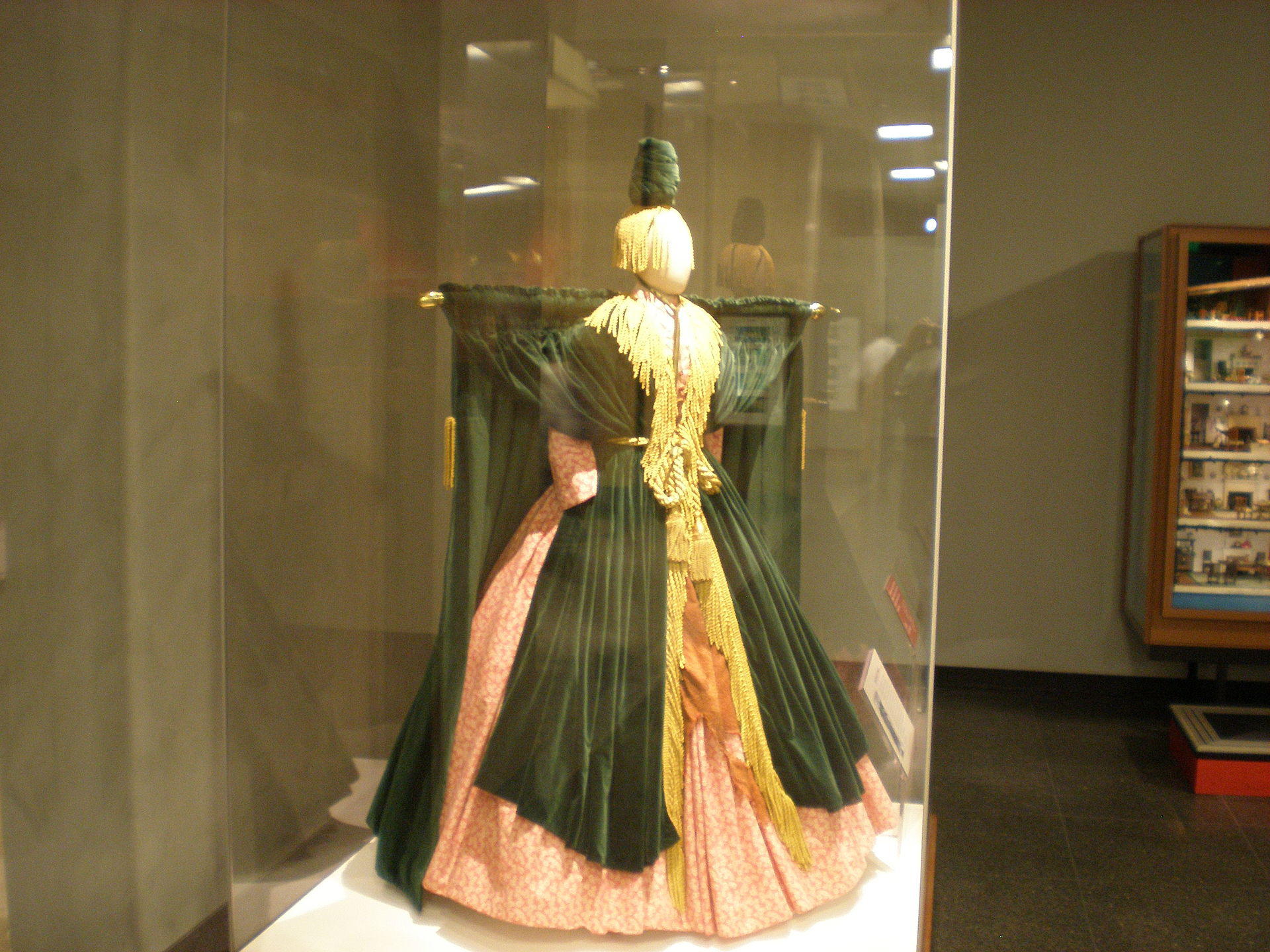
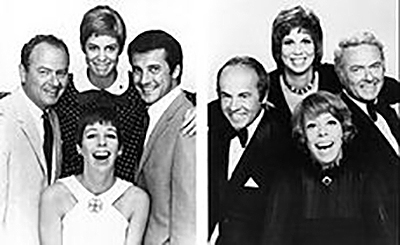
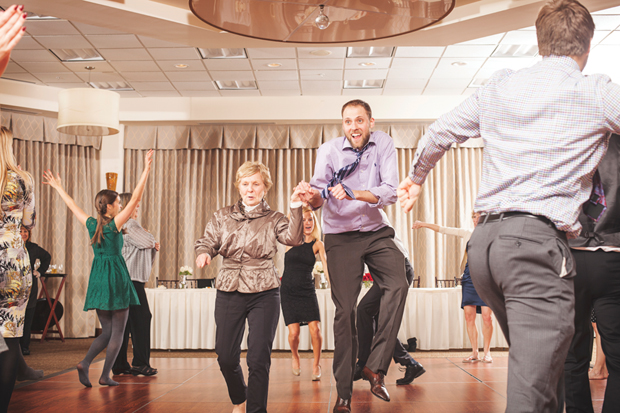
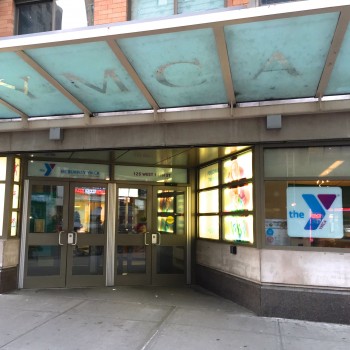 From what I have heard (not seen) about many YMCAs in general (one friend told me all one had to do was leave your bedroom door open as a signal for sex), one could argue that there was no way getting around a gay subtext.
From what I have heard (not seen) about many YMCAs in general (one friend told me all one had to do was leave your bedroom door open as a signal for sex), one could argue that there was no way getting around a gay subtext.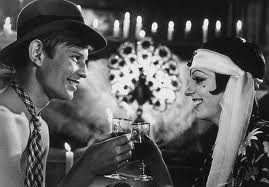
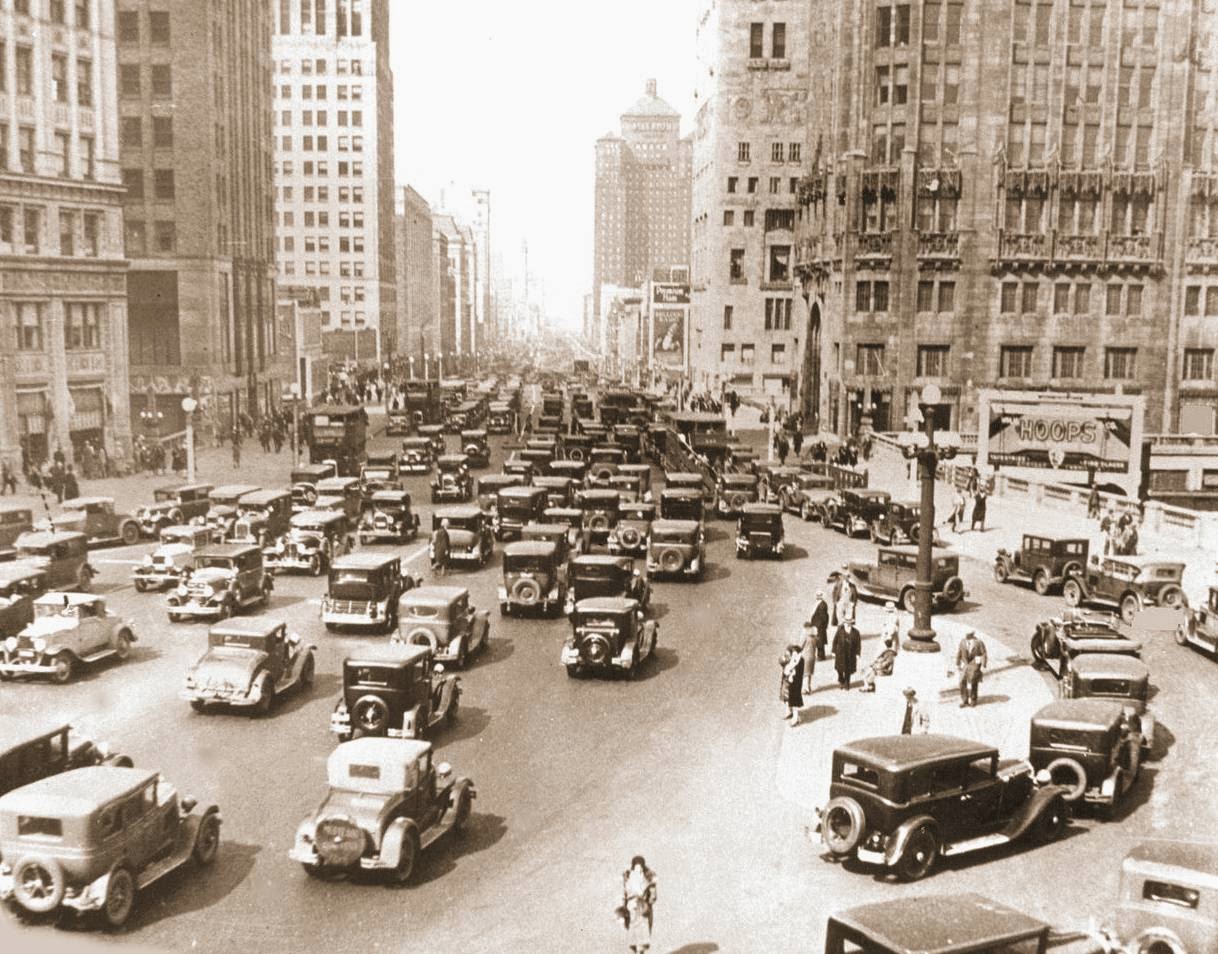

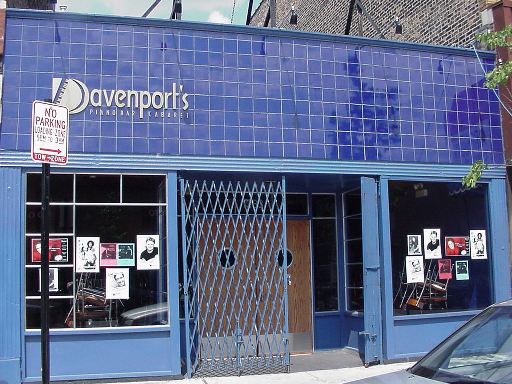 In fact, I can't think of a specifically gay cabaret in Chicago since the closing of Gentry (it tried to revive itself in Boystown after leaving the Rush Street area, but it has since closed). There's a place called Davenports in the hipster area Wicker Park which is a piano bar not specifically gay (I noticed on its schedule
In fact, I can't think of a specifically gay cabaret in Chicago since the closing of Gentry (it tried to revive itself in Boystown after leaving the Rush Street area, but it has since closed). There's a place called Davenports in the hipster area Wicker Park which is a piano bar not specifically gay (I noticed on its schedule 
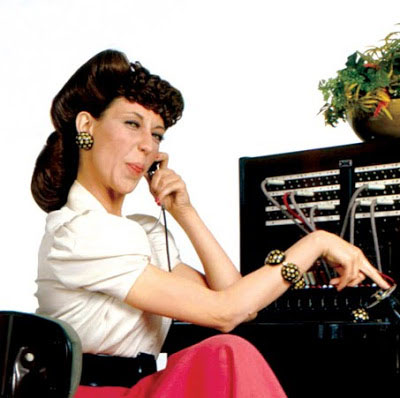

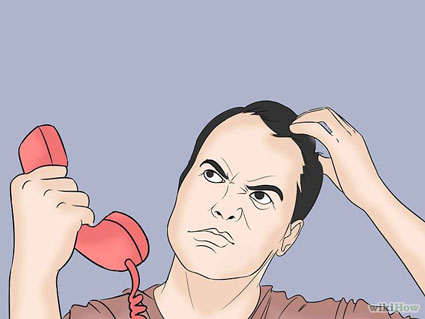
 Join our Email List
Join our Email List Like Us on Facebook
Like Us on Facebook Instagram
Instagram Youtube
Youtube Follow Us on Twitter
Follow Us on Twitter Follow us on Pinterest
Follow us on Pinterest